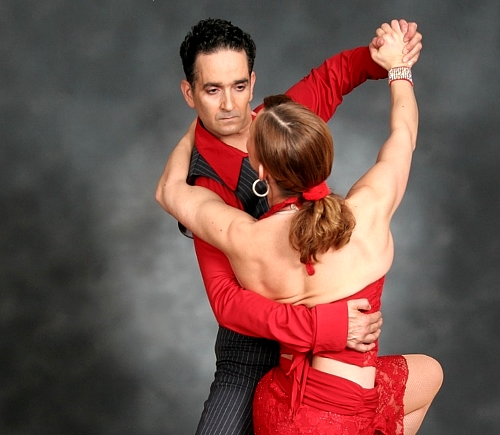 My salsa partner raises his left hand. I wonder, what does it mean? Does he want me to do a right turn? Or turn in another direction? Will he drop his hand over my head for a neck drop? Is there some other option I haven’t thought of?
My salsa partner raises his left hand. I wonder, what does it mean? Does he want me to do a right turn? Or turn in another direction? Will he drop his hand over my head for a neck drop? Is there some other option I haven’t thought of?
As soon as I start asking these questions, I’ve pretty much lost the game. The game is to feel what there is to do. As one of my teachers coached, “Where I feel, I go.”
If only it were so easy.
My brain thinks it knows what my partner is going to do. When I first started dancing, a raised hand always meant a right turn. But now there are more options, and my brain’s predictions get me into trouble. My job is to stop anticipating and go with what is happening in the moment.
Predicting the future can get us into trouble in our careers and in business as well. Especially because we’re often wrong.
Example #1: Annual Reviews (or Where Our Brains Take Us)
I have a friend with a past history of getting fired from several jobs. He has now been with the same organization for six years and has gotten bonuses and raises at most of his annual reviews. Nevertheless, this year, when his annual review came up, his “stinking thinking” told him that some challenging dynamics with his new supervisor would lead to his getting fired. There really was no possibility of his losing his job. But thoughts of getting fired are his brain’s right turn. He goes to those thoughts even when he has not been led there.
We all have these “go-to” thoughts, and they are probably the hardest thing to control, especially after we have trained ourselves so well to think them! But changing these thoughts is probably the most impactful move we can make on the career “dance floor.” If we can wait for real information and direction before defaulting to our patterned thinking, we can avoid a lot of internal, and external, struggle.
Example #2: Client Request
I had a client (I’ll call him Tom) sent to me by a larger organization. A representative of that organization (I’ll call her Liz) called to say that Tom wanted a different format and tone in his resume. This was one of our early projects for the organization, before we had hit our stride and started consistently producing the type of executive resumes their clients love. My first instinct was to train the initial writer who worked with Tom on the formats and style that the client wants. But I did not know whether Tom would be open to that. The “lead’s” hand was raised – but was this a signal to turn?
I asked Liz to connect with Tom and got further information that indicated we needed to change direction. A new writer was able to deliver exactly what Tom wanted. I took Liz’s direction and created a win for everyone involved.
Example #3: Automation and Innovation
It used to be that when you had to fill an order, you got a human to find the item and put it in a box. It used to be that when you wanted to get a shipment delivered, you had an employee get in a truck and drive it there. These things are changing. The companies that resist the true direction that things are going are not going to survive. Just because you’ve always done something the way you knew to do it doesn’t mean it’s going to keep working, or that the market wants you to do it that way, this time. And just because there’s an option to automate something does not mean it will be the most efficient or the best way. The lead’s hand is raised… but wait before you turn.
What if You’re the Boss?
As a supervisor or business owner, our job is to do the best we can to provide clear direction so that those who follow us don’t get the wrong idea – and so that they feel like we are partnering with them fully. It helps to remember that we are followers too – of our clients and customers. If we can all manage ourselves in our respective roles, we can truly wow people on the dance floor!
How do you see these principles of “lead” and “follow” playing out in your career or business? Please share below!

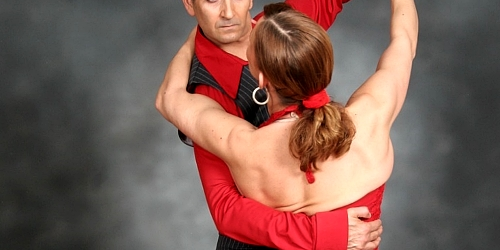
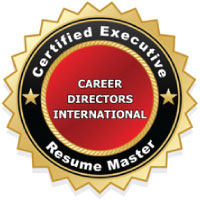
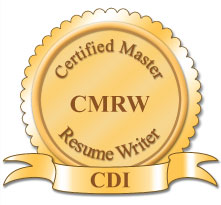
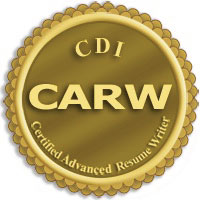
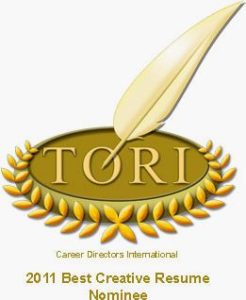
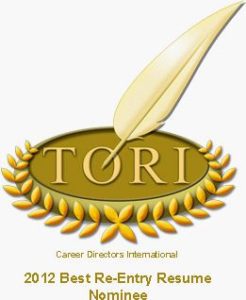

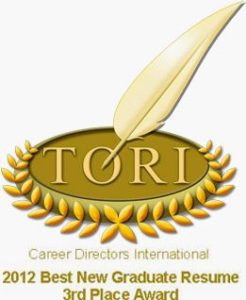
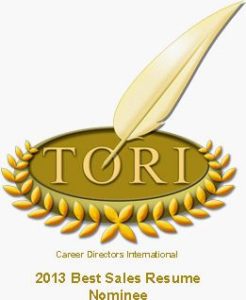
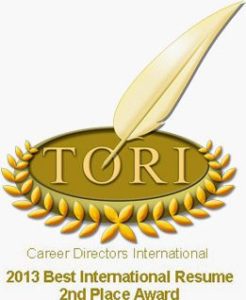
Great points Brenda! Especially number 3.